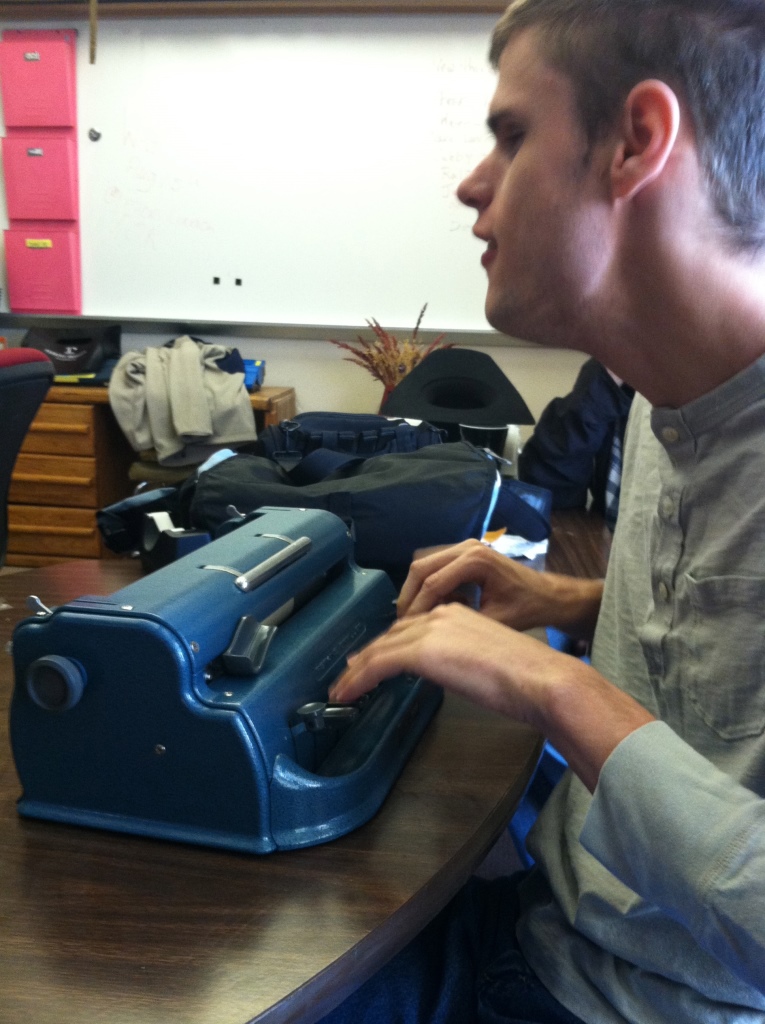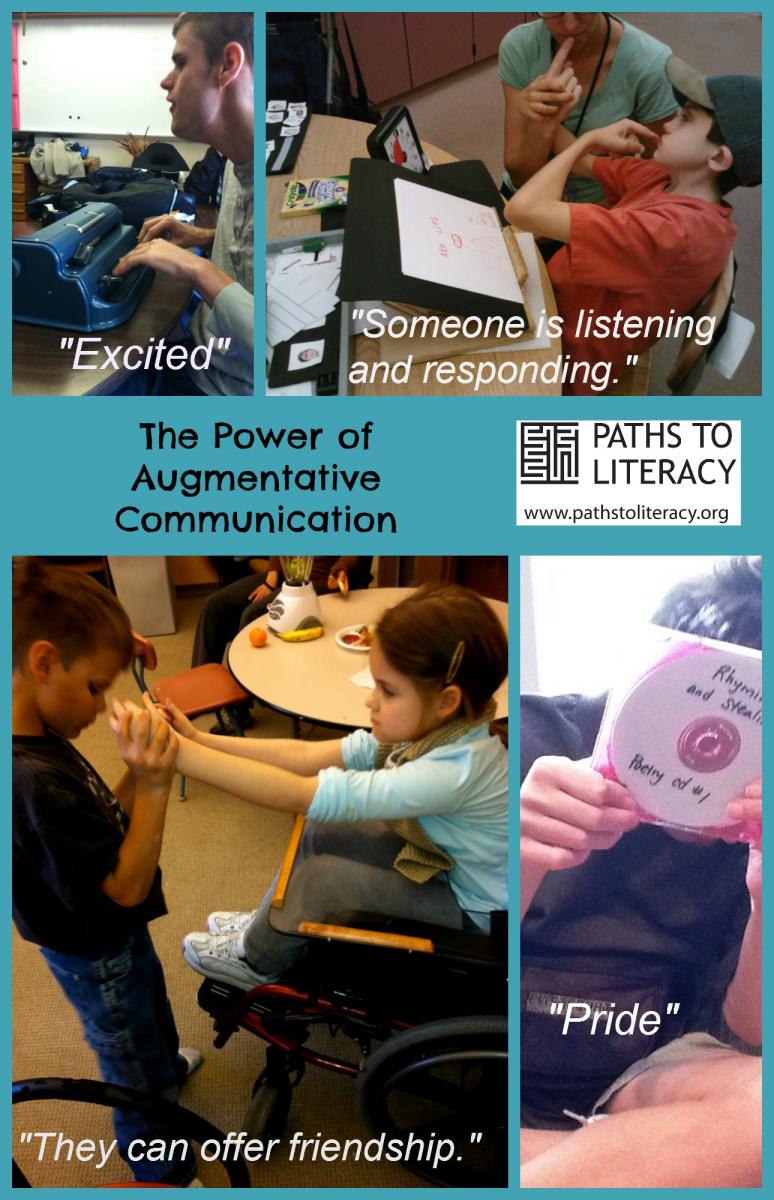 I had the absolute pleasure of being part of a Perkins eLearning workshop for the last 5 weeks, focusing on AAC strategies to use with students who are Visually Impaired and have additional disabilities. I referred to this population of students as “Early Communicators.” As part of an assignment for the course, I asked participants in the workshop to list emotions a student may feel if he/she had access to a motivating social exchange. Keep in mind we are talking about students who don’t typically have the opportunity to participate in social interactions and conversations at the same rate or in the same manner as their sighted or blind “verbal” peers. I was floored as I read through each assignment. My colleagues generated a list (below) that made my eyes fill up with tears. Even though this was one part of one homework assignment, their responses truly answered it all.
I had the absolute pleasure of being part of a Perkins eLearning workshop for the last 5 weeks, focusing on AAC strategies to use with students who are Visually Impaired and have additional disabilities. I referred to this population of students as “Early Communicators.” As part of an assignment for the course, I asked participants in the workshop to list emotions a student may feel if he/she had access to a motivating social exchange. Keep in mind we are talking about students who don’t typically have the opportunity to participate in social interactions and conversations at the same rate or in the same manner as their sighted or blind “verbal” peers. I was floored as I read through each assignment. My colleagues generated a list (below) that made my eyes fill up with tears. Even though this was one part of one homework assignment, their responses truly answered it all.
Below is my closing message to them, and I would like to share it with all of you as we close out the year.
Happy New Year!
Sometimes we think that AAC is just access to communication messages. Period. If you have ever witnessed a VI early communicator interact in a successful communication exchange at his/her highest level of competence, you know you have helped provide access to so much more. Please don’t ever forget the important work you are a part of in the fields of Visual Impairment and Communication.
Thank you for all you do daily,
Megan

Every time you provide access to motivating and meaningful communication, your students have access to feeling:
Relaxed
Happy
Proud
Trusted
A Sense of Equity
Informed
Respected
Engaged
Treated as a real person and less as an object
Accepted
Excited
Appreciated
Relieved
Confident
Comfortable
Independent
Successful
Like they have a voice and are being listened to
Joy
Power
They can offer friendship
Control
Determined
“I can do it”
Relatable
Desired
That they can speak for themselves
Motivated
Like part of a group
Affirmation
Normalcy
Not bored
Like they can communicate openly
Empowered
Anticipation
Eager
Interested
Social Closeness (Musselwhite 2001)
Competent
Engaged
Enthusiastic
Inspired
Surprised
Amazed
Like their voice matters
Curious
Fulfillment
Challenged intellectually
Natural, not manufactured desire
Able – to choose whom to chat with
Content
Like someone is listening and responding
Autonomous
A sense of Belonging
Valued
Satisfied
FREE
“Wow.”







